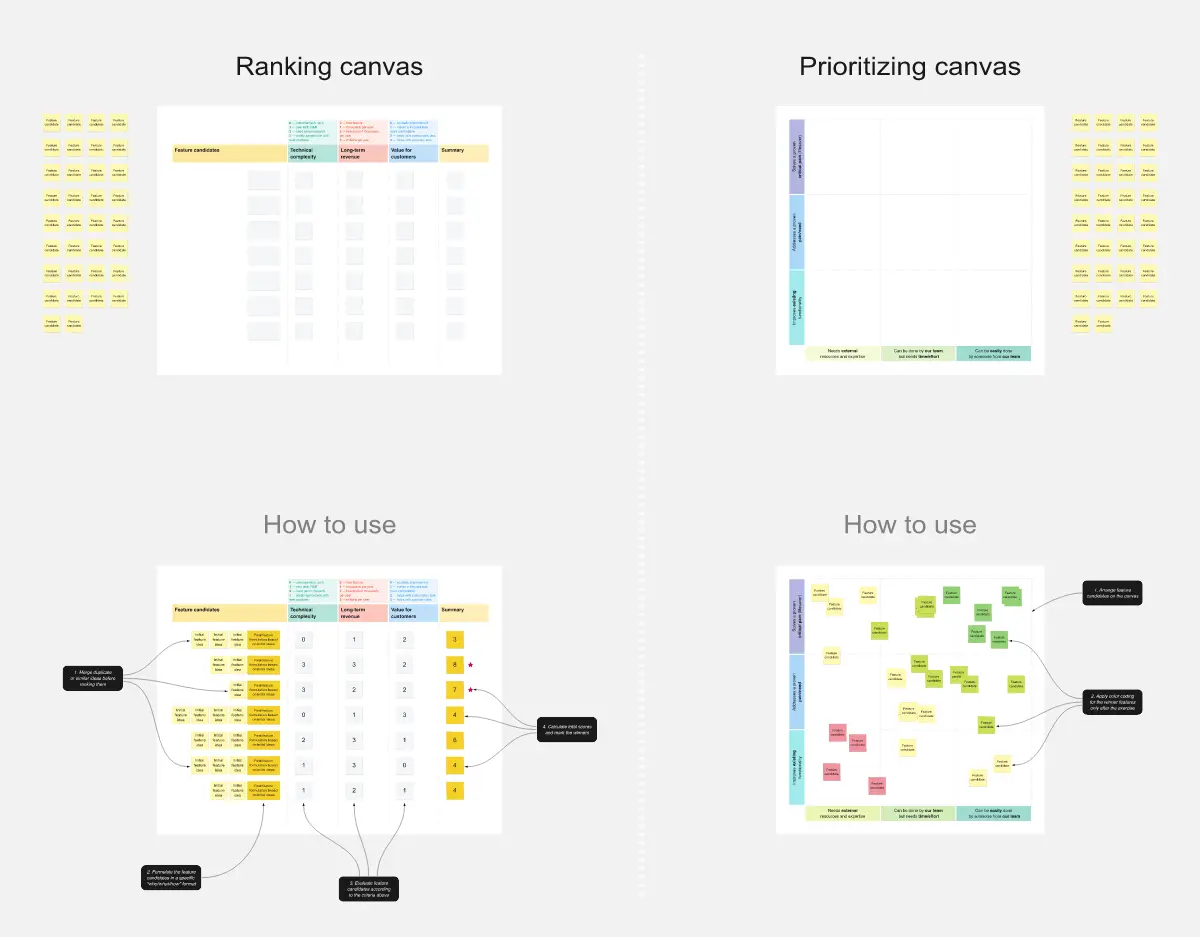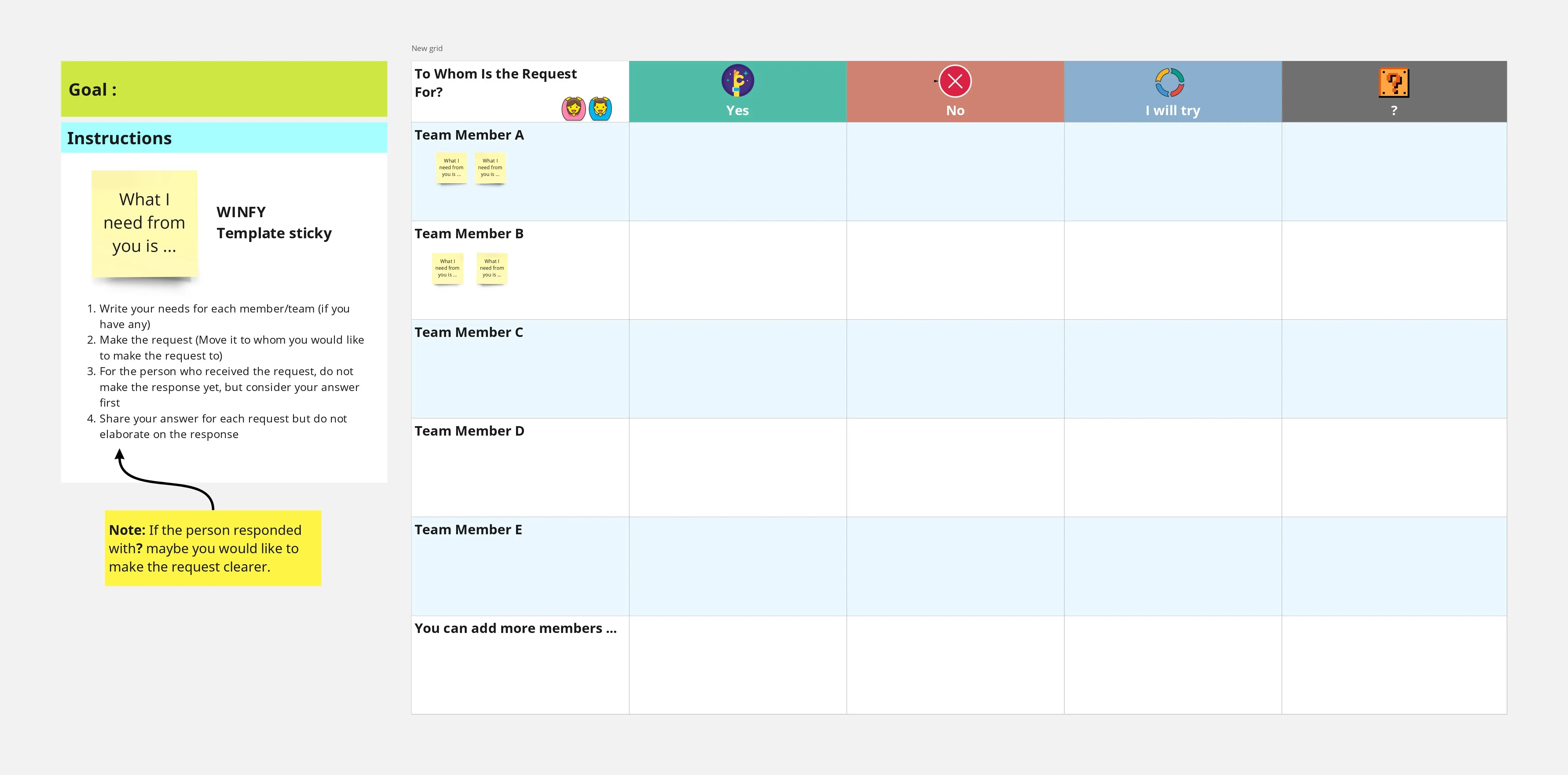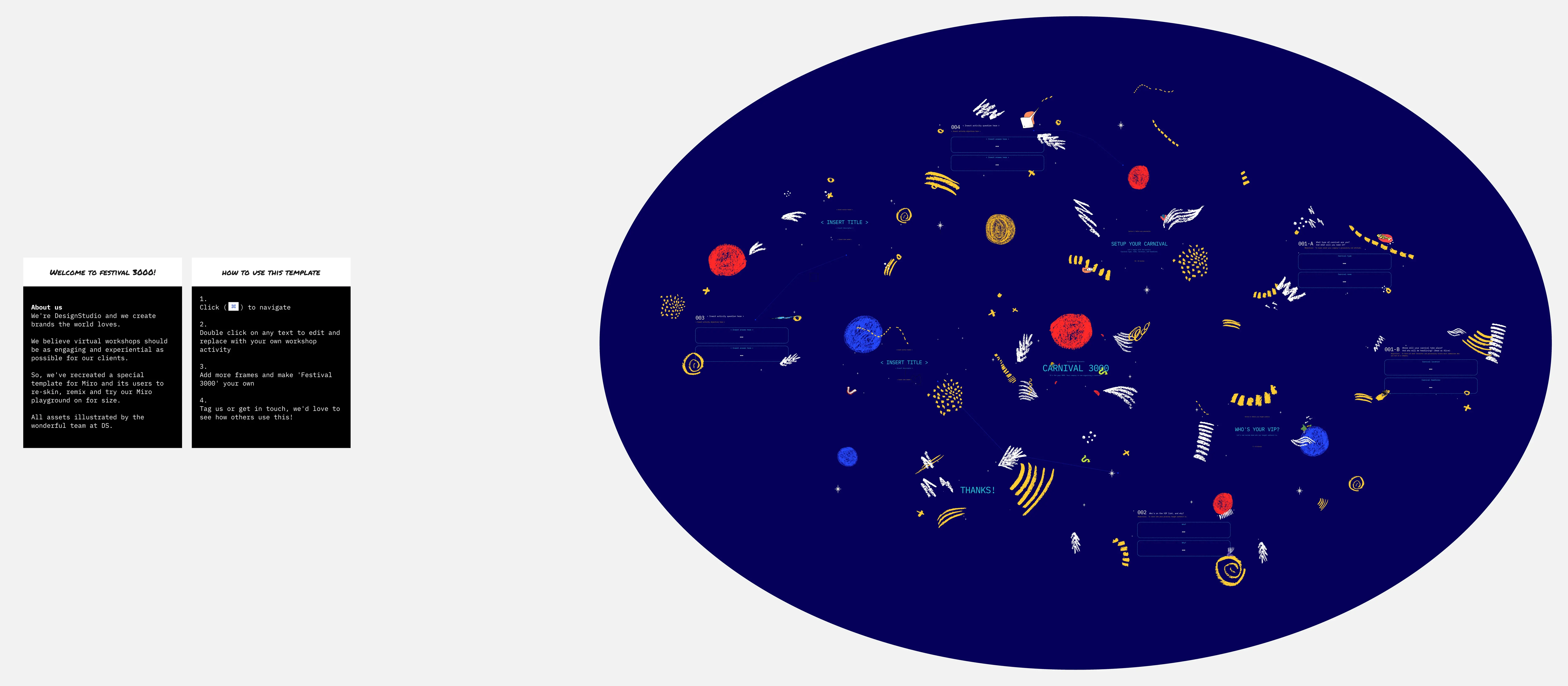B2B – Product Journey Map & User Network
B2B Design Thinking: Product Innovation when the User is a Network
Why do I need this?
When B2B companies talk about user experience, they are really considering the aggregated needs of multiple people and roles in a large ecosystem. These objectives can differ vastly for every individual. Because every person who uses machines, raw materials, technology, or even furniture and office supplies to get work done has a unique idea of how the experience should be like to meet their individual needs as well as the demands of the business.
Often though in B2B environments a product reaches less of the level of awareness and preference from users compared to B2C, even though it is widely used and relied on to support a comfortable environment. This is why we believe the user experience does matter also in B2B.
What is it?
To tackle this complex challenge we have developed two tools: the “Product Journey Map” and the “User Network Ideation Board”. They can help you to:
map known and unknown users along the journey of a product.
develop ideas in relation to their values typically embraced in the context of an organisation.
How do I use it? – The Product Journey Map
The goal of the Product Journey Map is to identify every person and their roles that come in touch with the product throughout its lifecycle. It distinguishes between the front-stage and back-stage to illustrate which roles work with the product and which work directly on the product or system.
Step 1 – Compose the product lifecycle with the elements most relevant to your case only. Have a bigger picture with main steps from the user’s perspective of the lifecycle on the top and a more detailed one with the internal process steps on the bottom.
Step 2 – Now define users that are relevant and come in touch with the product throughout the defined steps. Look for users that work with the product. These should be place towards the frontstage. Then look for users that work on the product or system and place them onto the backstage.
Step 3 – You might colour code the users for clustering and better overview, e.g. by involved organizations.
Step 4 – Select the most promising users you want to create value for.
How do I use it? – User Network Ideation Board
The goal of the User Network Ideation Board is to build network empathy by assigning elements of value (comparable to what needs are for an individual user) to its members and guide ideation. The “Elements of Value” (developed by Almquist et.al, 2018) are in our view a very useful concept because it blends organisational and individual (career) goals into a single framework.
Step 1 – Copy the prioritized users from the Product Journey Map onto the User Ideation Network Board.
Step 2 – Review the list of elements of value.
Step 3 – Identify and assign at least three elements of value for each user. Come up with first assumptions in a workshop or use data from user interviews.
Step 4 – Build upon these insights. Verify your assumptions or use them as springboard to guide your further ideation process.
Where can I find more information?
This board showcases the key tools & concepts described in the thisisdesignthinking.net article “B2B Design Thinking: Product Innovation when the User is a Network” by Marc-Alexander Winter & Nils Schekorr.
Categories
Similar templates






